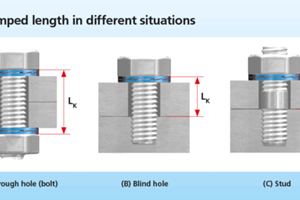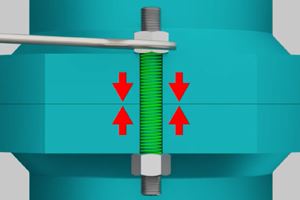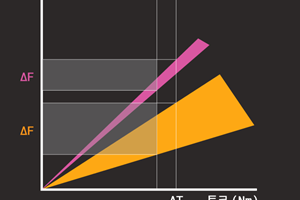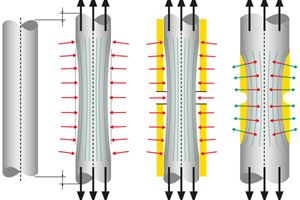What is the load transfer factor?
When utilizing hydraulic bolt tensioners to induce a controlled preload into a bolted joint, several key factors including load transfer factor need to be examined. This is key in ensuring that the selected tooling is capable of providing a load greater than the required preload of the joint to overcome any potential losses.
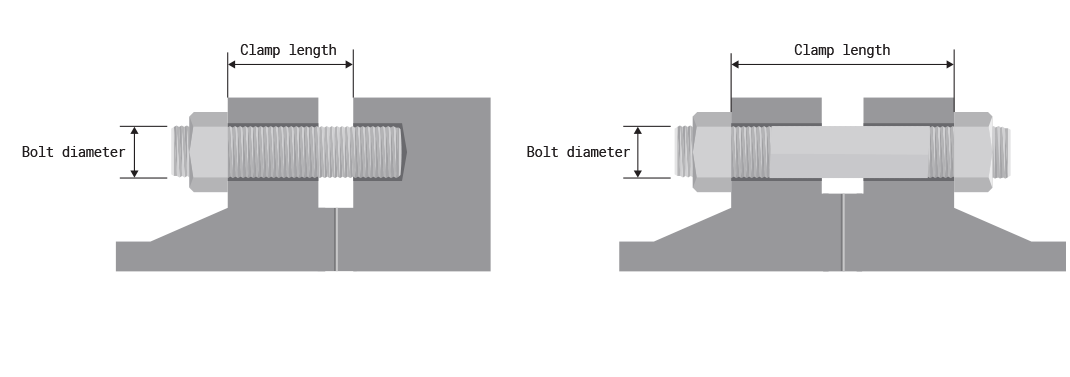 Load can be lost within a joint due to a number of factors, including localized yielding, joint deformation and an imbalance in geometry. It can, however, be observed that the difference in stiffness between the joint structure and the bolt can have an effect on the overall load loss in the joint. Load loss in a joint can be theoretically calculated using varying formula primarily based on known data of the bolt diameter and clamp length. The resultant value of these calculations is commonly known as the load transfer factor (LTF). The LFT gives a theoretical ratio which can be multiplied against the required preload to generate an applied load which overcomes the theoretical losses.
Load can be lost within a joint due to a number of factors, including localized yielding, joint deformation and an imbalance in geometry. It can, however, be observed that the difference in stiffness between the joint structure and the bolt can have an effect on the overall load loss in the joint. Load loss in a joint can be theoretically calculated using varying formula primarily based on known data of the bolt diameter and clamp length. The resultant value of these calculations is commonly known as the load transfer factor (LTF). The LFT gives a theoretical ratio which can be multiplied against the required preload to generate an applied load which overcomes the theoretical losses.
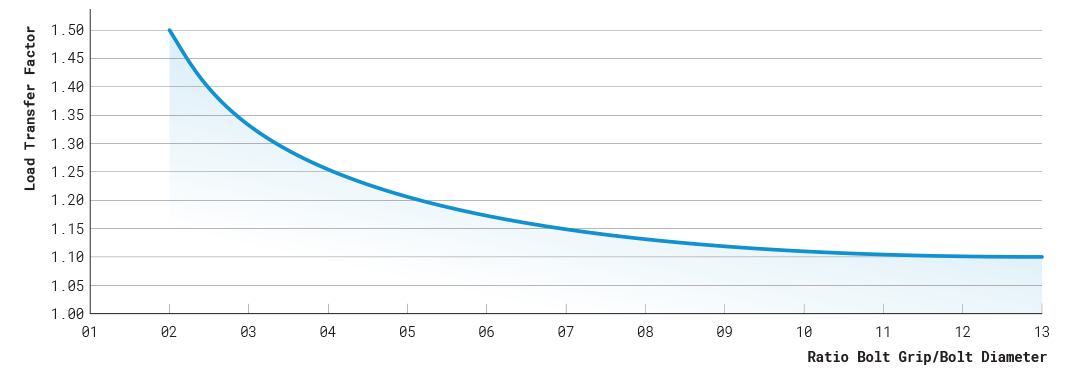 Applied Load = Preload x LTF
Applied Load = Preload x LTF
The LTF is important in both tool design and tool selection. The maximum output force of the tooling must at a minimum match the applied load, however, it often exceeds this value. Careful consideration of the stresses in the joint and bolt is required to ensure loading conditions do not exceed accepted design criteria. In addition, performing the LTF calculation can highlight the need for changes in the loading conditions, joint design, and tensioner design solution.
It is important to remember that the load transfer factor is a theoretical value and cannot be used to determine the precise load lost within a bolted joint. However, for design and load application, LTF provides loading conditions, which allow for the physical losses within the joint. For accurate load measurement, systems such as bolt elongation measurement via dial indicators or ultrasonic measurements via the Boltight Echometer product range can be utilized.
